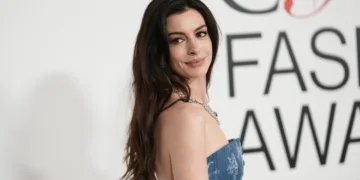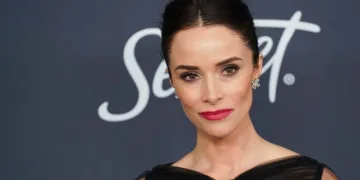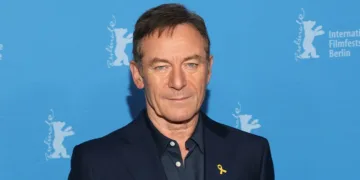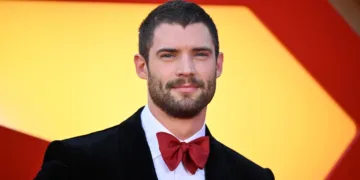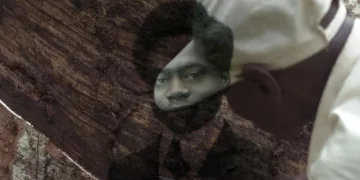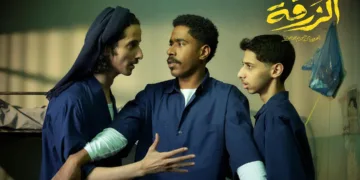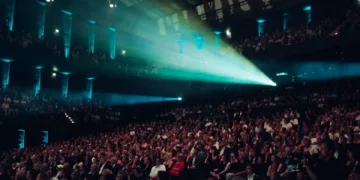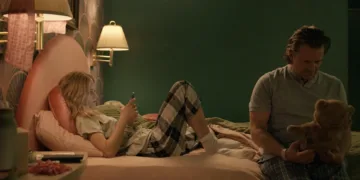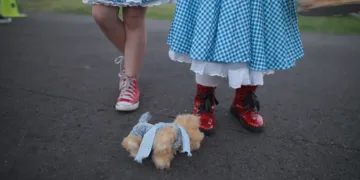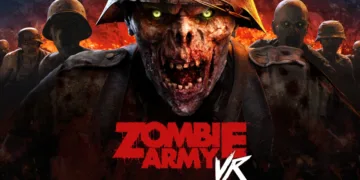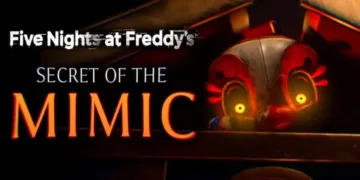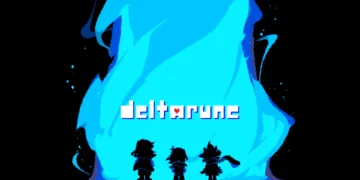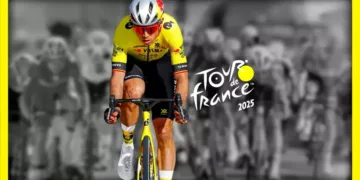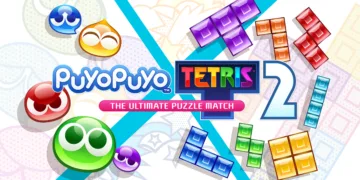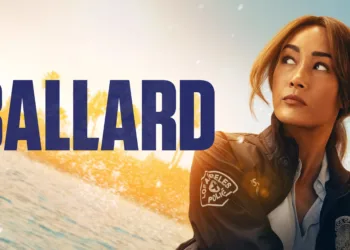Channel 4’s inaugural digital-original drama arrives with the kind of fanfare that suggests revolution, yet “Beth” feels like a tentative first step rather than a bold leap into television’s future. This 34-minute sci-fi thriller, carved into three digestible YouTube segments while simultaneously airing as a traditional broadcast, embodies the industry’s current identity crisis: caught between chasing younger demographics and serving established narratives about family formation that feel decidedly millennial-focused.
The premise centers on Joe (Nicholas Pinnock) and Molly (Abbey Lee), an affluent London couple whose fertility struggles have become their defining characteristic. After multiple IVF failures and miscarriages, their doctor’s advice to “remove the stress” leads to an unexpected natural conception. When their daughter Imogen arrives bearing no resemblance to her Black father, the story pivots from reproductive drama to something far more speculative.
Writer-director Uzo Oleh, transitioning from fashion photography to television, infuses the Hebrew-titled “Beth” (meaning house/home/family) with visual sophistication that masks deeper questions about whose stories we choose to tell and how we choose to tell them. The irony isn’t lost that a platform desperate to court Gen Z audiences has produced a meditation on parenthood for a generation already grappling with climate anxiety and economic uncertainty around family formation.
Performance Politics and the Weight of Representation
Joe emerges as television’s latest iteration of the “good man” archetype, a character study that Nicholas Pinnock handles with remarkable nuance. His portrayal avoids the typical pitfalls of the supportive husband role, instead revealing layers of vulnerability beneath metropolitan sophistication. Pinnock’s Joe carries the weight of foster care trauma while maintaining humor as a defense mechanism, creating a character who feels lived-in rather than constructed. His interactions with friend Jude, who crudely attributes Joe’s fertility issues to his “liberal values,” hint at broader cultural tensions about Black masculinity and progressive ideals.
Abbey Lee’s Molly presents a more complex challenge, both for the actress and the production. Her modeling background serves the visual narrative’s needs while potentially limiting emotional accessibility. Lee navigates this tension skillfully, particularly in early scenes where maternal joy battles underlying anxiety. Yet as the story progresses, her performance increasingly reflects the script’s own uncertainties about how to handle a character who becomes more symbol than person.
The supporting cast functions as a chorus of suspicion, with Louise Bangay’s Grandma Gabby embodying generational wisdom that sees through surface appearances. Nick Blood’s Dr. Balthas walks the precarious line between medical professional and potential predator, his boundary-crossing touches serving as red herrings in a narrative more interested in larger questions about reproductive autonomy and medical ethics. These performances collectively suggest a production aware of its representational responsibilities while struggling to balance them against genre expectations.
Visual Vocabulary and the Instagram Aesthetic
Oleh’s transition from fashion photography to television direction creates a visual language that speaks fluent Instagram while attempting to say something meaningful about domestic life. The production’s “dusky, caramel hued glow” transforms everyday London into something resembling a luxury brand advertisement, which serves both the story’s themes and its platform’s needs. This aesthetic choice isn’t accidental—it reflects how contemporary television increasingly mirrors social media’s visual standards, creating content that looks good on small screens while potentially sacrificing emotional authenticity.
The recurring visual motifs—that unusual wall clock, domestic props, intimate framing—suggest a director who understands that television’s future lies in details that reward close viewing. Oleh’s camera work during scenes involving children demonstrates particular sensitivity, avoiding the exploitative tendencies that often plague stories about family trauma. His use of natural light creates temporal markers that help viewers track the story’s chronology without heavy-handed exposition.
Yet the production’s visual sophistication raises questions about accessibility and authenticity. The couple’s affluent lifestyle, rendered in tasteful neutrals and designer details, creates a world that feels more aspirational than relatable. This isn’t necessarily problematic, but it signals how “digital-first” content still gravitates toward upscale aesthetics that may alienate the very demographics these platforms claim to serve. The segmented structure, designed for mobile consumption, creates visual rhythms that feel choppy when viewed traditionally, suggesting that format truly does influence content in ways we’re only beginning to understand.
Fractured Narratives and the Limits of Compression
The three-part structure reveals both the possibilities and limitations of serialized storytelling in the streaming age. Each segment must function independently while contributing to a larger narrative arc, creating pacing challenges that Oleh handles with mixed success. The time jumps from pregnancy to early parenthood to school age feel rushed, sacrificing character development for plot advancement in ways that undermine the story’s emotional foundation.
The mystery elements surrounding Imogen’s parentage tap into contemporary anxieties about reproductive technology, genetic identity, and medical ethics. Yet the story’s treatment of these themes feels superficial, preferring to gesture toward complexity rather than examine it. The fertility struggles that drive the early narrative disappear once the sci-fi elements emerge, suggesting a production uncertain about whether it wants to be a domestic drama or speculative fiction. The final revelation, while technically surprising, feels disconnected from the emotional journey that preceded it.
The compressed format forces the narrative to rely heavily on visual storytelling and audience inference, which works well for building tension but struggles with resolution. The story’s exploration of biological versus chosen family connections feels particularly underdeveloped, touching on profound questions about identity and belonging without providing the space necessary for meaningful examination. The rushed conclusion suggests a production more concerned with delivering a twist than exploring its implications, reflecting broader industry trends toward concept over character development in short-form content.
Full Credits
Director: Uzo Oleh
Writers: Uzo Oleh
Cast: Jemima Lown, Louise Bangay, Nick Blood, Alex Lanipekun, Chloe O’Reilly, Hedydd Dylan, Gordon Buchanan, Abbey Lee, Nicholas Pinnock
Director of Photography (Cinematographer): Sergio Delgado
Editors: John Smith
Composer: Thomas Farnon
The Review
Beth
"Beth" represents television's growing pains as it adapts to digital consumption while grappling with complex social themes. Oleh's visual sophistication and Pinnock's compelling performance elevate material that feels constrained by its format. The production succeeds as a proof-of-concept for digital-first drama but fails to fully realize its ambitious themes about family, identity, and reproductive autonomy. While technically accomplished, it prioritizes aesthetic appeal over emotional depth, creating beautiful television that struggles to resonate beyond its runtime.
PROS
- Visually striking direction from Uzo Oleh
- Nicholas Pinnock's nuanced performance
- Thoughtful exploration of fertility struggles
- Innovative digital-first format
- Strong production values on limited budget
CONS
- Rushed narrative resolution
- Underdeveloped thematic exploration
- Uneven pacing across segments
- Limited emotional depth
- Superficial treatment of complex issues













